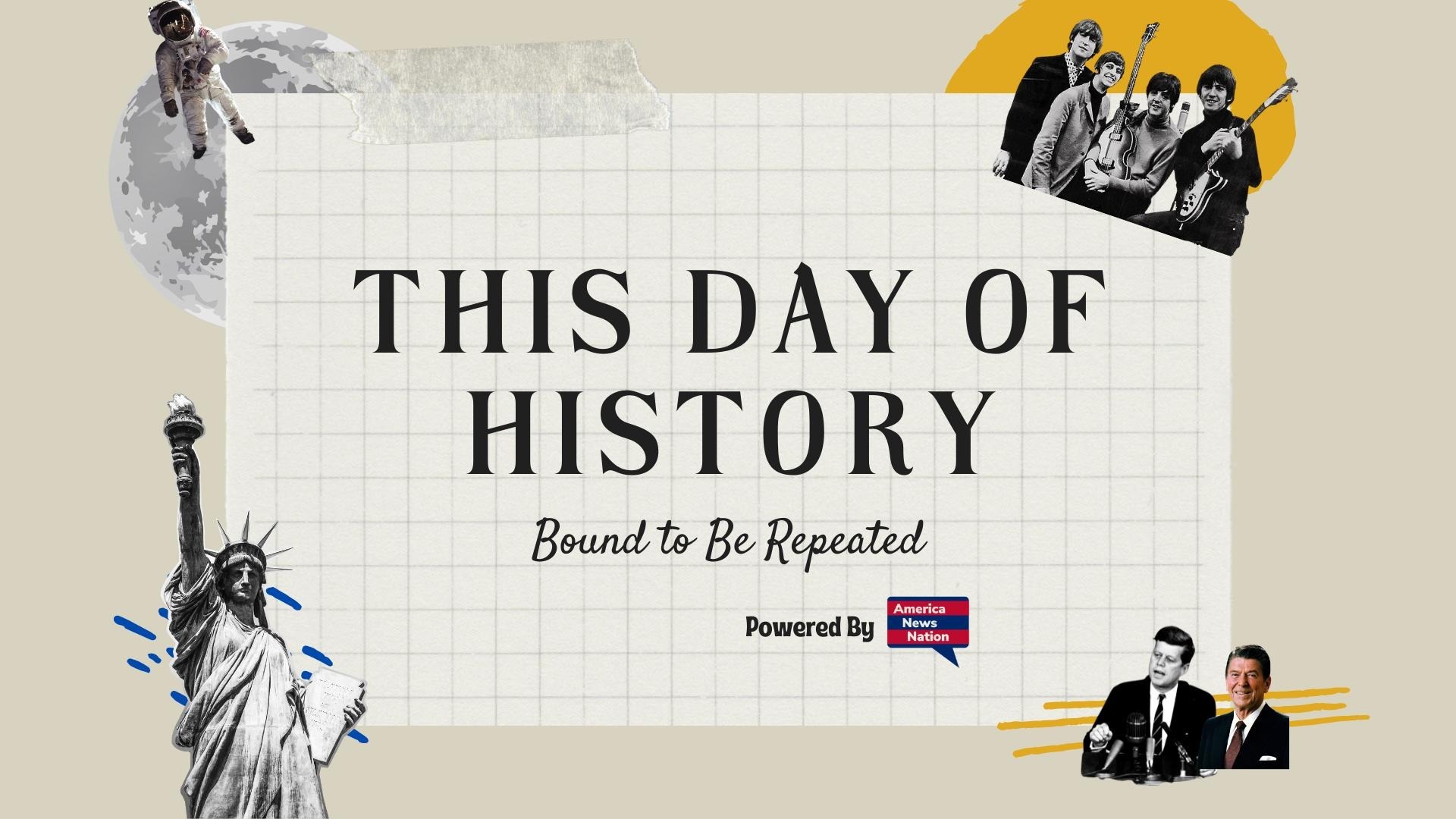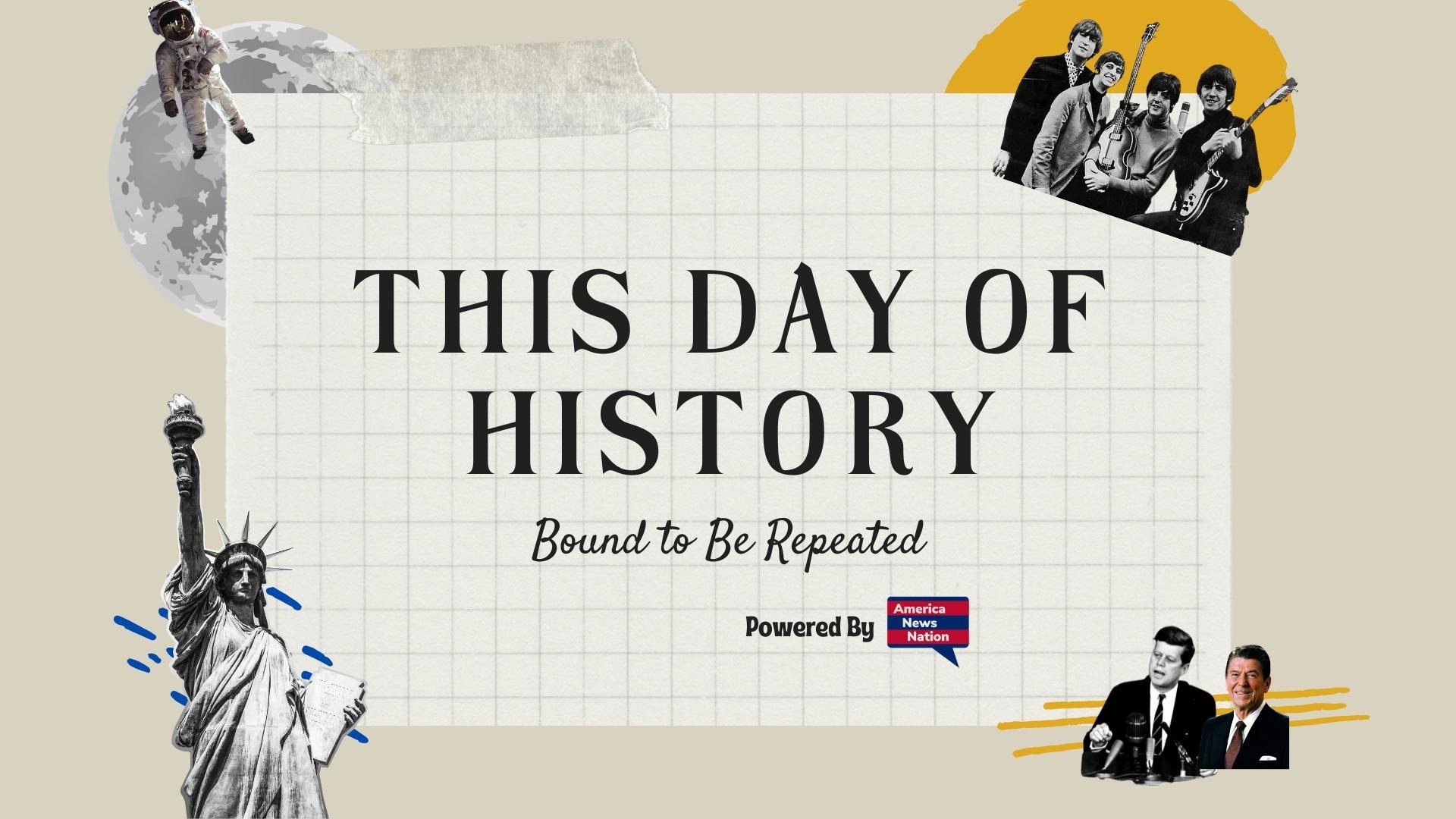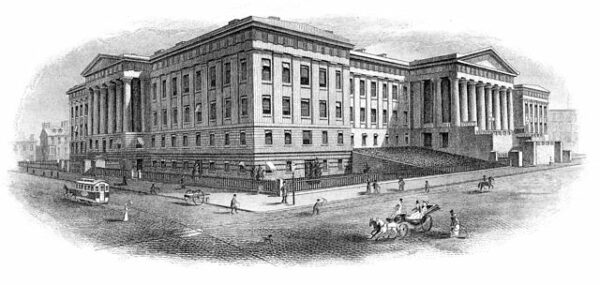On July 31, 1790, the fledgling United States took a decisive step toward promoting innovation and industrial progress: it issued its first patent. The recipient was Samuel Hopkins of Philadelphia, who secured legal recognition for a novel process of making potash—an essential ingredient in fertilizer, soap, and glass production. Though modest by modern standards, the event marked the formal birth of the American patent system and revealed the nation’s early commitment to technological self-sufficiency and economic development.
Hopkins’s patent was signed by no less than three of the most powerful figures in the early republic: President George Washington, Secretary of State Thomas Jefferson, and Attorney General Edmund Randolph. At the time, the newly ratified Constitution had only recently empowered Congress “to promote the Progress of Science and useful Arts” through the granting of exclusive rights to inventors. The Patent Act of 1790, passed in April of that year, provided the first statutory framework for such protection. It authorized a panel consisting of the Secretary of State, the Secretary of War, and the Attorney General to review applications and approve patents if they judged the inventions “sufficiently useful and important.”
Samuel Hopkins’s process involved a more efficient method for producing potash and pearl ash—alkaline substances derived from wood ashes and vital to America’s largely agrarian and craft-based economy. Traditionally, potash production was a labor-intensive and wasteful process. Hopkins introduced a kiln-based technique that burned raw materials more completely and yielded higher concentrations of the chemical compound. His innovation promised not only to boost productivity and reduce costs but also to reduce dependence on foreign imports, aligning perfectly with the national mood of economic nationalism in the post-Revolutionary era.
The document itself, dated July 31, 1790, was brief by today’s standards, consisting of fewer than 500 words. It described the process in broad terms and granted Hopkins the exclusive right to practice and benefit from the invention for a period of 14 years. Though it would take decades before legal and technical standards of patent description became more rigorous, this first document already reflected the philosophical underpinnings of American intellectual property law: that inventors should enjoy temporary monopolies as a reward for contributing to the common good.
Hopkins’s patent was the first officially numbered under the new law, although a few earlier inventions had been granted exclusive rights by individual states under Articles of Confederation-era arrangements. What set the 1790 law apart—and made Hopkins’s patent so significant—was its national scope and its symbolic role in inaugurating a standardized, federal approach to invention and innovation. Only two other patents were issued that year, both also signed by President Washington. Patent No. 2 went to Joseph Sampson for a method of making candles, and No. 3 to Oliver Evans for an automated flour mill.
The issuance of the first patent occurred at a pivotal moment. The United States, barely a decade removed from the end of the Revolutionary War, was striving to carve out its economic identity. With Britain still dominating global manufacturing and trade, American leaders recognized that fostering domestic ingenuity was critical to long-term independence and prosperity. Jefferson himself, an amateur inventor and science enthusiast, took an active role in examining applications and assessing their utility.
Over time, the U.S. patent system would evolve into one of the most influential in the world, eventually issuing millions of patents and playing a central role in America’s rise as an industrial and technological powerhouse. Yet it all began with Samuel Hopkins and a potash process that, while unremarkable by modern standards, symbolized the promise of a new republic founded not just on liberty and self-government, but on the belief that innovation was a national imperative.






